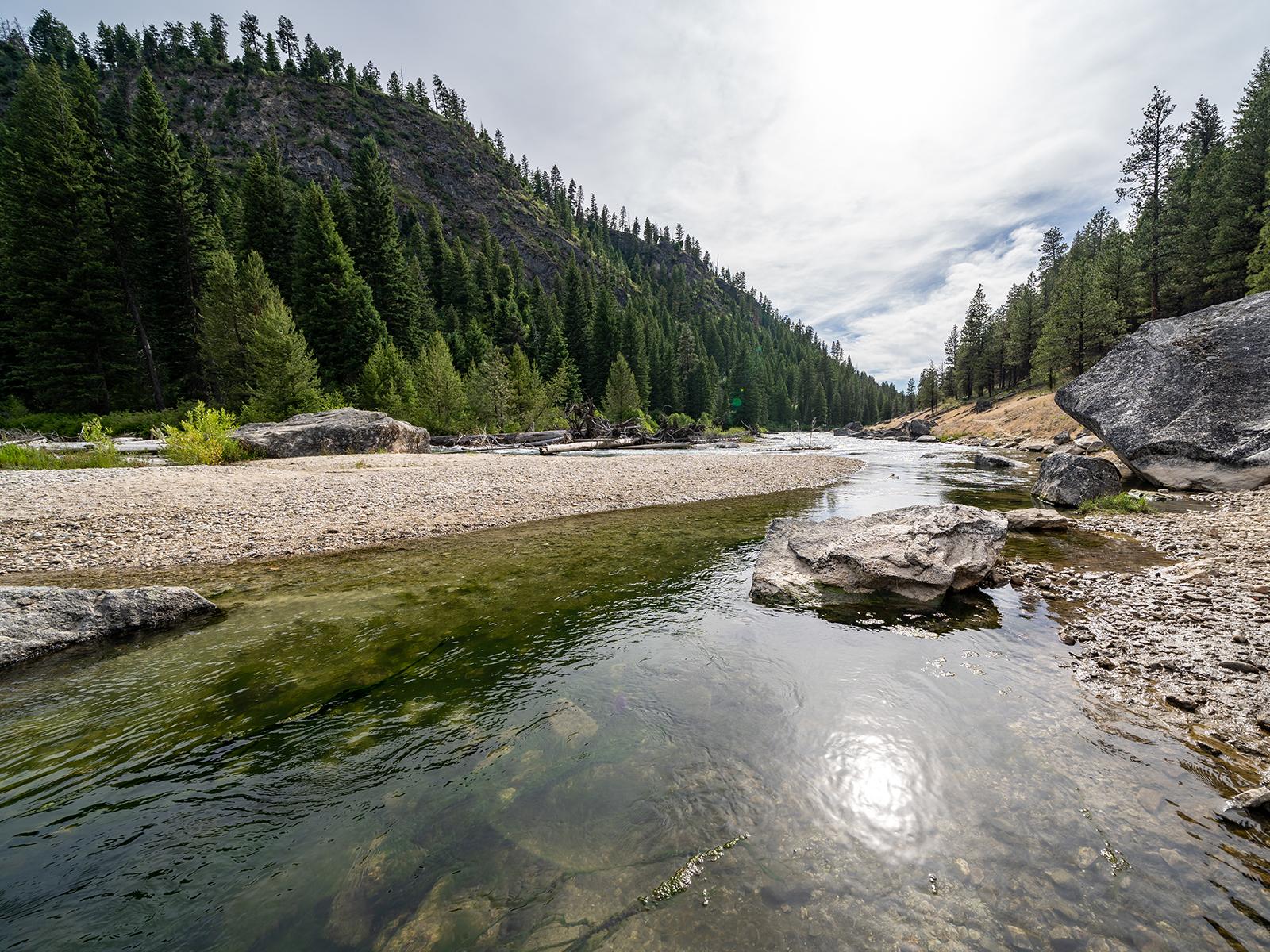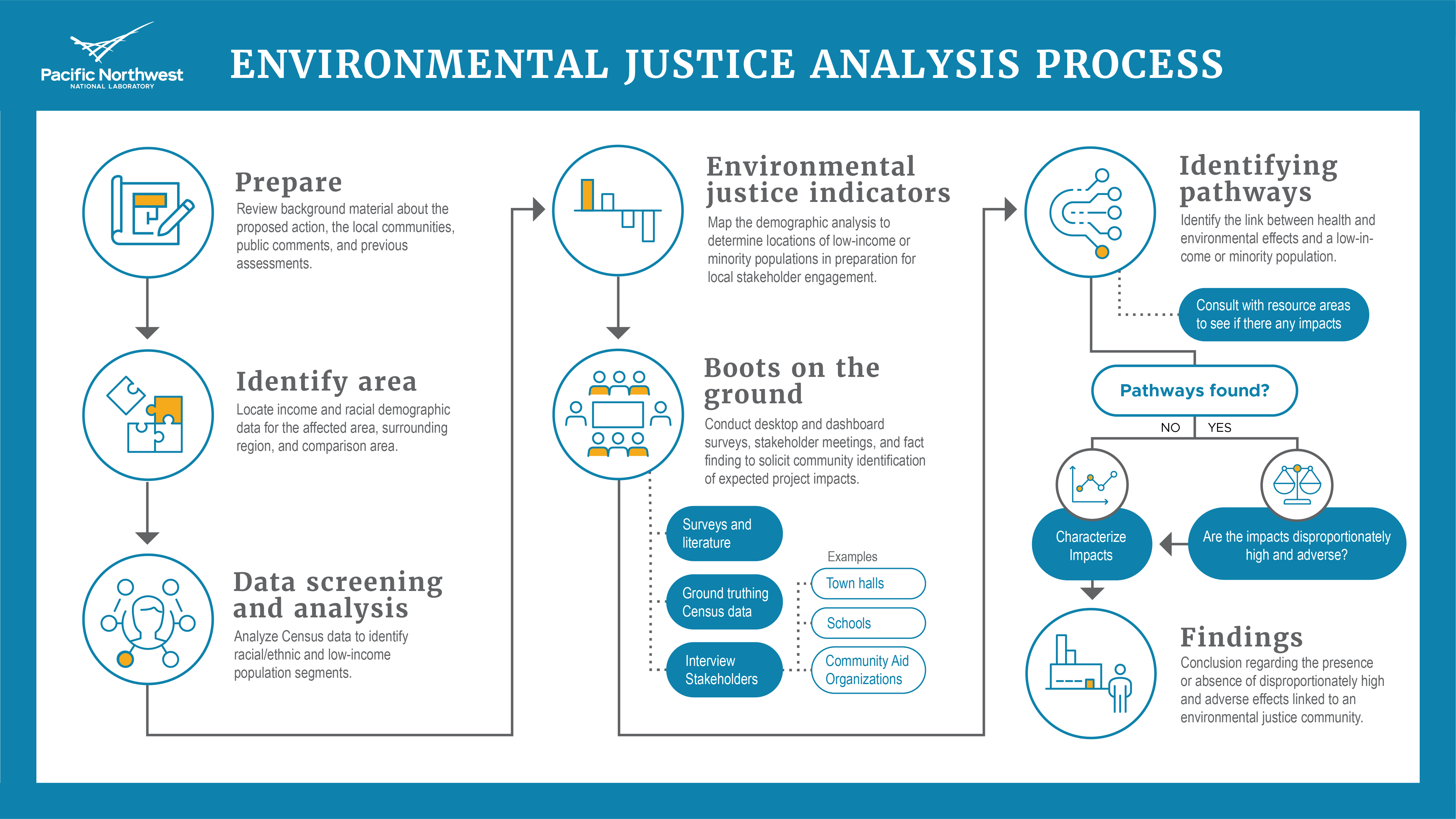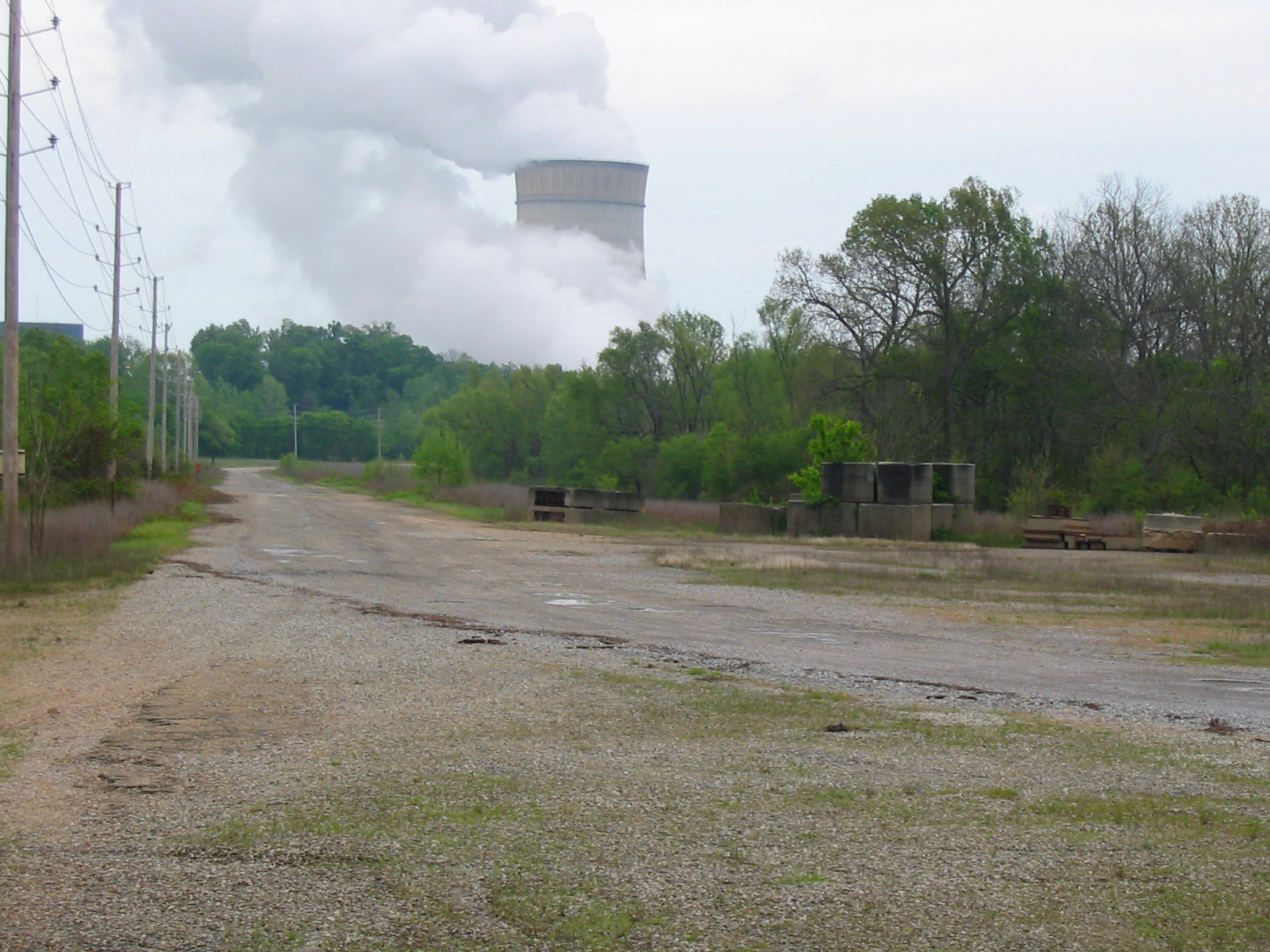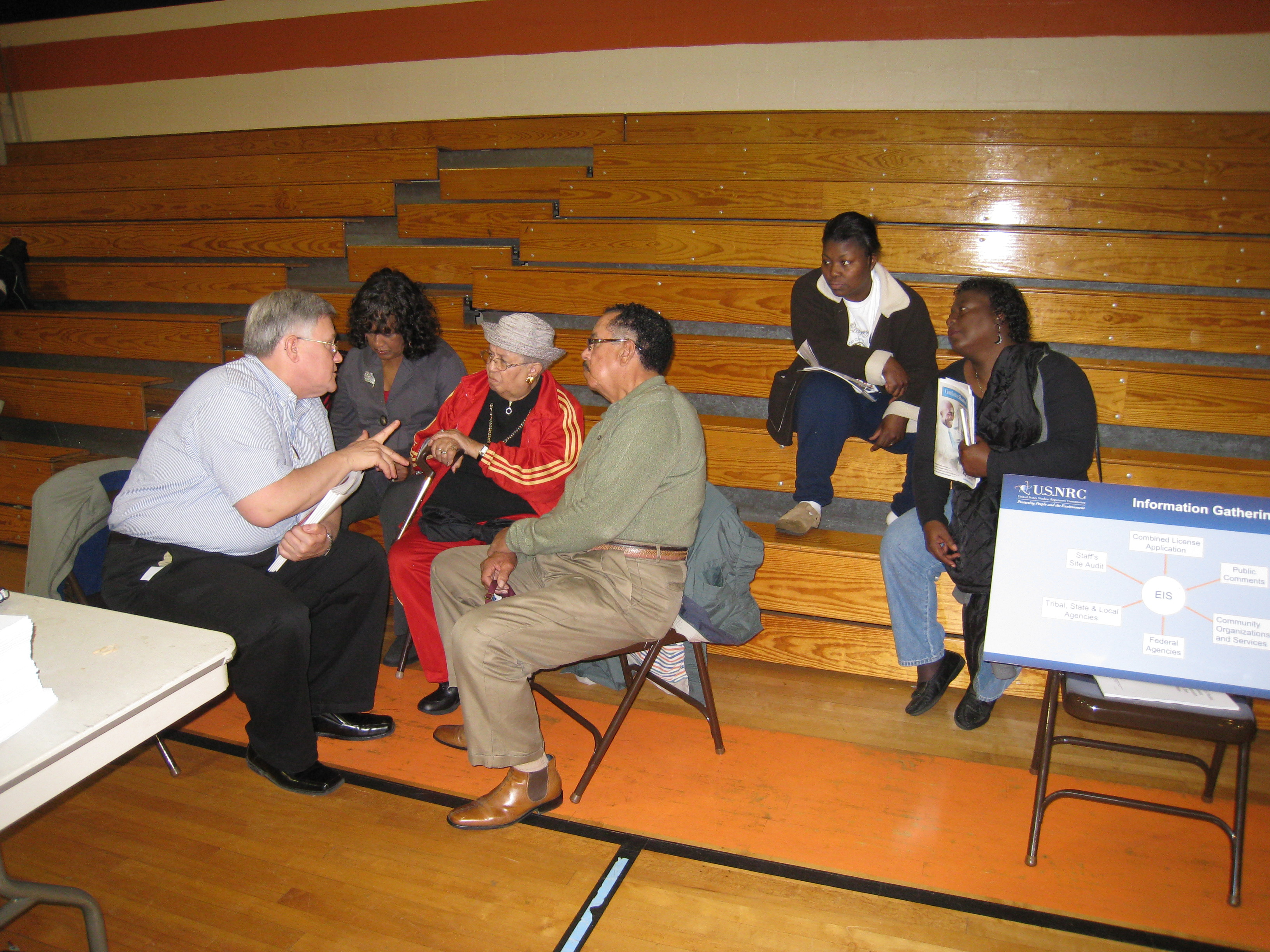Environmental Justice
PNNL partners with agencies and industry to identify and engage historically disadvantaged populations in regulatory decision-making, environmental assessment, and impact estimation of the consequences of complex polices and projects.

PNNL's approach to Environmental Justice assessments includes desktop surveys—researching the local area using tools like Google Earth, academic research, the Census, and stakeholder data. This is followed by "dashboard surveys," where a team visits the site and drives around the wider area to make field observations related to the desktop survey. The team then interviews stakeholders, including local officials and organizations serving the community's underserved populations.
(Photo by melissamn | shutterstock.com)


